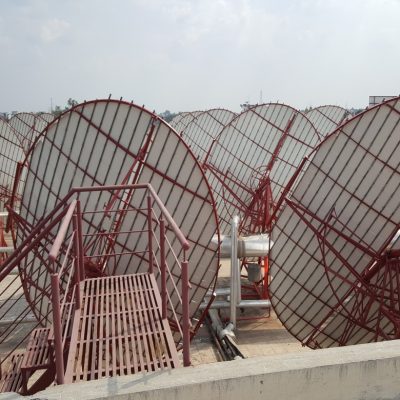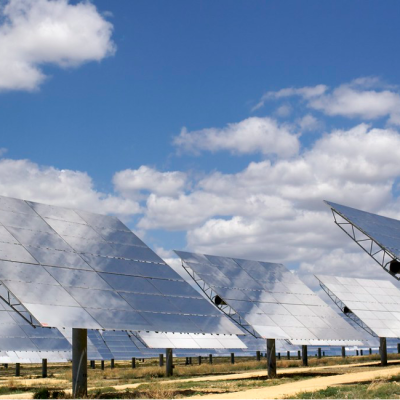
Solar power has become more affordable in recent years, and it is now cheaper in many regions than coal or even other fossil fuels. Solar installations are now progressively increasing, thanks to hefty tax credits and subsidies. We’ll go through some of the financial implications of solar energy below.
Although an exact date is impossible to predict, several projections suggest that fossil fuels will be depleted in less than two hundred years, with oil being depleted in 2050, gas in 2063, and coal in 2100. While coal, natural gas, and crude oil sources have continued to decline, fossil fuel consumption has not.
Both renewable energy and nuclear power bear little resemblance to fossil fuels. Fossil fuels contributes for over 86 percent of total energy consumption in 2019, up from 80 percent in 2014. Not only are fossil fuels exhaustible, but they also have a number of negative environmental consequences. Combustion of Fossil Fuels is the major source of anthropogenic CO2, which has played a significant role in climate change. Global warming, melting Arctic ice, rising sea levels, and poor crop yields are all notable repercussions.
Despite the fact that renewable energy accounts for a small percentage of total energy consumption, India will be the leading consumer of renewable energy soon. Despite the fact that use of solar energy has increased over the last decade, solar still accounts for barely 2.5 percent of total energy used in India.
There are currently only three forms of solar technology capable of converting the sun’s energy into a source of power: direct conversion of daylight into electricity via PV cells, concentrating solar thermal (CST), and solar thermal creditors (SHC) for heating and cooling.
As new technologies emerge, the cost of solar power continues to fall drastically. and the government is supporting this initiative by providing subsidies so that a large portion of the population can afford it.
As more countries acknowledge the destructive repercussions of burning fossil fuels, solar energy consumption has increased globally. Installation costs have dropped dramatically as the solar power sector has become more competitive.
Solar energy is being adopted in several of the world’s largest economies, including the United States, China, India, and many European countries. China has made the largest push towards renewable energy and installed a considerable amount of photovoltaics in order to tackle pollution.
India, which suffers from pollution, has set a goal of generating 175 gigawatts of renewable energy by 2022. And promises to double the use of CST’s (Concentrated Solar Thermals) for community cooking to lower burning of fossil fuels like LPG’s
We ARS have always been a strong supporter of the Indian government in this initiative.
We have developed a straight-forward solution named AGNI-69 to deal with the burning of fossil fuels in community kitchens, which can reduce the usage of LPG’s to almost 80%.
AGNI-69 uses water to make it super-heated steam.
ARS is also the indigenous manufacturers of solar grade mirrors in India.



Pingback: ADVANTAGES OF SOLAR COOKING SYSTEMS – Solar Blog